The fascinating journey of Value 360’s Kunal Kishore in the PR realm
In the last 10 years, PR has taken a different dimension, especially after the entry of social media and the rapid shift to digital during the pandemic period. At the same time, the industry has been facing stiff challenges, moreover client expectations have also increased, with more emphasis being given to digital and online reputation management. The industry has undergone a radical shift and the current times have pushed the industry to change gears.
Value 360 Communications has a history of building start-up bands and working with global leaders. Incepted in 2007, the organisation has emerged as a preferred holistic communications and growth partner of companies across sectors, offering a resolute, practical, and measurable integrated communications programme. In 2020, Value 360 was recognised as “Technology Firm of the year for Asia Region” by one of the leading global PR trade publications. The company forayed overseas in 2021 as it opened an office in Singapore with an aim to bolster the country’s rapidly evolving start-up space.
At the helm of the company, Kunal Kishore Sinha, Founder and Director, Value 360 Communications, has steered Value 360 towards becoming India’s fastest growing and multiple award-winning PR firm, bagging several personal accolades along the way. With Founder-Directors Gaurav Patra and Manisha Chaudhary by his side, Kishore has led Value 360 be recognised for the ‘brands it creates’ rather than the ‘brands it serves’.
In this interaction with Adgully,Kunal Kishore Sinha, Founder and Director, Value 360 Communications, speaks at length about his journey, evolution of PR Industry in past two decades, memorable pitches, some tips & tricks for subordinates and more.
You have completed two decades in the PR and communications industry. How has the journey been and how has this industry evolved over the years?
If I look at the two decades of my industry experience and I divide it into four phases, phase one was from 2003 to 2008, which was largely dominated by media. The brand narrative was set by the media itself and the media was the biggest vehicle through which the organisations were connecting the different stakeholders.
From the period 2008 to 2013, it was the time when there was the emergence of social media across the globe. And 2007 is when Facebook started and then we saw Twitter, LinkedIn emerging. They provided a platform to consumers to actually express their thoughts, talk about what they feel about a specific organisation or product of the organisation and otherwise.
So, we saw the emergence of a scenario where it was just not traditional media, but also brands started to see that social media is providing them with the right platform to connect with their stakeholders – whether it is consumer trade partners, investors and otherwise. We saw that when only the media was the vehicle, the brand communication was a monologue, where the brands were talking and there was no listening that was happening.
But as the emergence of digital world happened, as the emergence of social media happened between 2008 to 2013, we saw the emergence of dialogue were as part of brand communication, because it was brands that were talking through their social channels and media they were also listening what consumer is saying on those platforms, which are social media platforms and digital platforms. So there was the emergence of dialogue and brand communication that happened.
Post 2013, we saw that because the digital world provided a lot of data and insight. So, the period 2013 to 2018 was the dominance of data-led strategy for brand communications. So, now you have data in terms of what is the brand sentiment, how the consumers are looking at the brand, what is working, what is not working. So, based on that data, brand communication started to take shape and data became a centerpiece for any strategy. It became the first point of consideration before planning any strategy.
Then came 2019 to 2023, where the biggest event that one can remember is COVID-19. The global pandemic pushed every industry to reorient themselves and accelerate the adoption of the digital world. So, we saw the emergence of many platforms during the COVID period, which gave brands the opportunity to have new mediums of connecting with their consumers. We witnessed the emergence of Clubhouses, Twitter Spaces, live webinar podcasts and these platforms gave further new tools for brands to actually connect with their consumer. And we saw adoption of the digital world in the form of work from home becoming a reality. And the industry accelerated its growth towards the adoption of digital worlds.
So, that’s how I see the two decades in these four phases. And clearly this is how I think the industry is evolving. Evolution has happened in the last two decades, in my own personal experience.
From a paper-pen and desktop era to now digital, ChatGPT, Metaverse era – how has client servicing evolved?
Actually, the basics of Client Servicing have not changed. The core is understanding the requirement of a client and being able to provide the right set of solutions to the requirement or even understanding the problem. However, digital adoption has actually given us more opportunities to be able to create a layered approach of communication. So, we do see that while Client Servicing remains the same, but the digital world has made it seamless for brands and communicator to actually work seamlessly today, a lot of communication is happening on Whatsapp on direct messaging, real time responses are going, you are seeing multiple digital opportunities that are getting created, which was not available at that point of time. So, I would say that Client Servicing remains the same, but opportunities have increased with digital.
What were some of the challenges that you have faced during your initial days as a PR professional?
Initially, the biggest challenge was that when I was 23, I had to speak to people who are 50/55, to convince them to trust us with their brand communication. It is very difficult for a young professional to get that confidence from the clients. So, first is that at a young age, when you are starting, the first problem that you face is that you do not have gray hair and you do not have experience to actually back your sales pitch. You largely lead by the potential of what you could possibly talk during a pitch and how you possibly understand the requirement and can and bring in a solution.
Secondly, for any entrepreneur when you are a non-entity, how do you attract good talent? Early on, I realised that as a business, you have to groom your own talent rather than acquiring the talent. So, we started to invest in our own people and grooming them. Today, a lot of our leadership team are people who had started the journey with us. They are leading a large team under them. While it was a challenge, it also turned out to be an opportunity for us.
The third challenge is always about how do you actually compete? How do you actually make yourself relevant in a market where you have some dominant players” You are not always in the forefront of the consideration set of clients when you start new, because you don’t have the credentials to back it. You don’t have a past experience. You are young, your organisation is young. So, even with getting the requirements from brands like what is called as RFP, used to be a challenge for us, we used to actually get largely business opportunities where they were not aware of the industry. I am at large, and they would call in any agency that they can discover on the Internet.
So, these were the four challenges that I faced initially as a PR professional and entrepreneur.



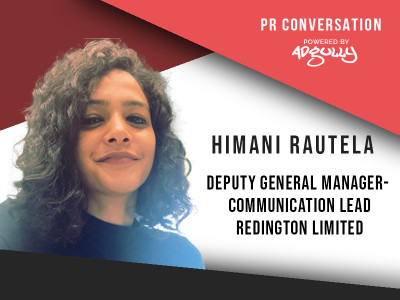
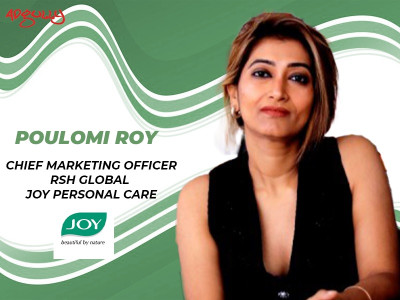




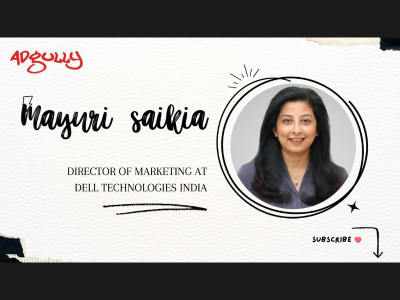
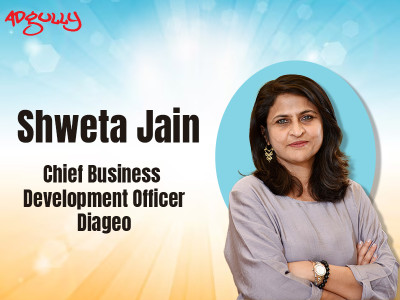
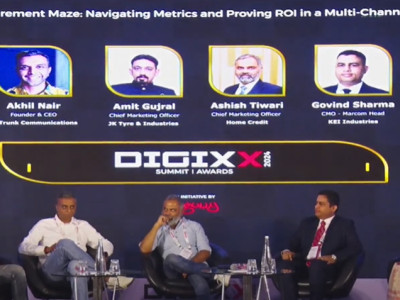




Share
Facebook
YouTube
Tweet
Twitter
LinkedIn